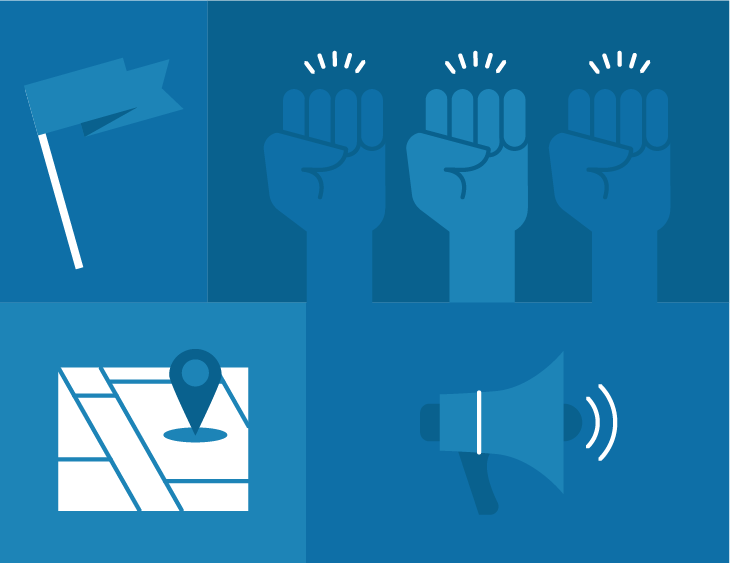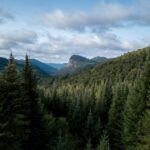
What Does it mean with a Union goes on strike?
Part 2 Before the Strike
To give you a sense of the process leading to a strike, here’s some of the steps already taken before a union goes on strike:
◦ The union members (a local) look at their collective agreement (CA), see what could be improved or changed, and make recommendations based on past issues or current labour market comparisons.
◦ When a CA is about to expire (ie CA’s usually last a few years), the union and the employer will meet for “bargaining” where each will bring their recommendations and requests to improve the contract.
◦ Now anything covered by legislation (ie Canada Labour Code, labour acts) don’t change in the bargaining process. But what can change is anything in the CA which covers specifics related to roles, positions, employment status, and conditions specific to the type of work and locations of the Local workers.
◦ The bargaining process is usually many days, often multiple set dates that allow both union and employer time to hear, listen, explain and then come back to try and resolve all changes to the satisfaction of both parties.
◦ As you can imagine, there’s many times where they can’t agree. That’s when there’s often another stage of mediation or arbitration which then brings in a third party to try and bring the employer and union to an agreement.
◦ It’s when all of these efforts are failing, that the bargaining team (elected reps of the local union) have to go back to the workers, and admit they have not been able to get an agreement renewed that meets a reasonable standard for the workers.
◦ While protecting the confidentiality of the bargaining process, all union members in the Local are then presented with the facts at this stage of the bargaining process, and it’s the collective workers that vote “to strike” or not. Again, it’s not the will of a few, but the majority, that determines the need for a strike.
◦ Sometimes just a threat of a strike and work stoppage, is enough to make an employer reconsider their position and come back to bargaining to avoid disruption of business.
◦ When unions are public services, there’s an even greater potential impact as these workers work day-in-day-out serving the public. These workers typically love what they do, and became public servants because they want to help their community.
As you can see, a strike is not the first option. Unionized workers first and foremost want to do their jobs and do them well. But unionized workers also understand the power of solidarity and bargaining that have been hard fought rights in our history. I’m sure any of you who have worked in a job, understand the power dynamic of employer to employee. Employees listen to the direction of their employer, and most times do not speak up or contradict for many reasons (fear of reprisal, fear of job loss, assumption that employer is right, or values them as employee). By the nature of the relationship there is a power imbalance, and sometimes that power is abused and worker rights, respect, and reimbursement are not honoured. Going “on-strike” in the bargaining process aims to bring balance back to the employment relationship, not only for the current workers but also considering other similar workplaces and future workers.
If you see a worker or workplace going on strike, find out what they do, why they love their job, and why they need your support (solidarity) to put pressure on an employer to come to a reasonable Collective Agreement. And if you ever get the chance, join a picket line and enjoy the solidarity of the union movement.
Teresa Acheson, President of the Yukon Federation of Labour





